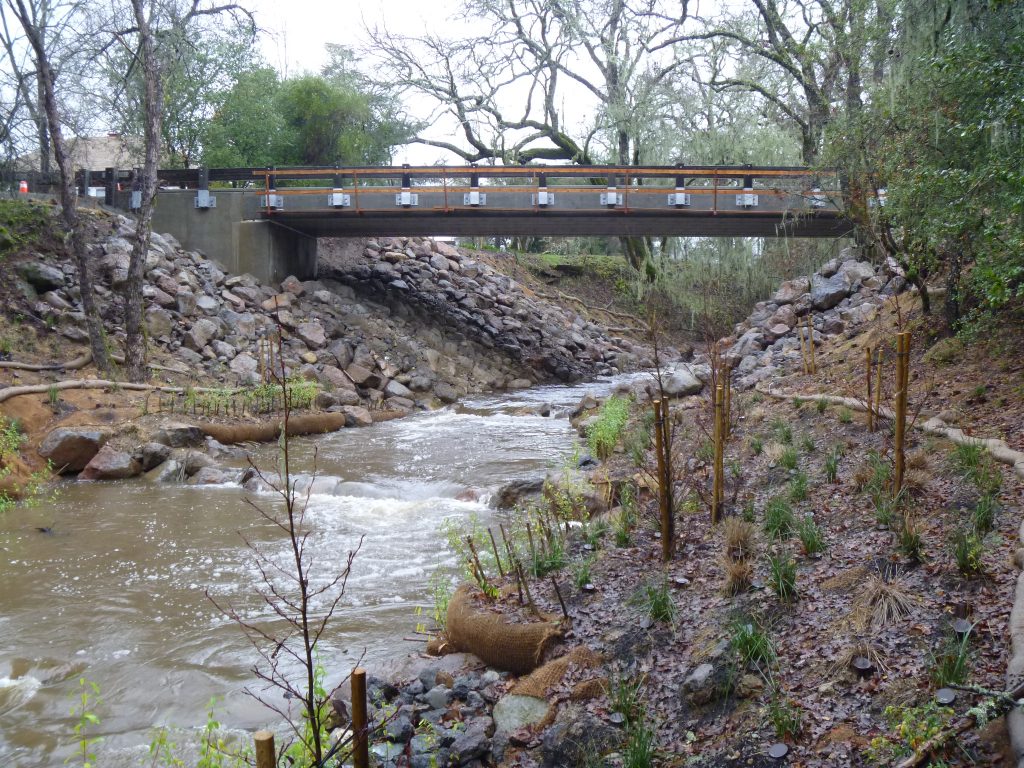 We recently studied how pollutants entering streams from road crossings accumulate in mussels. We focused on Polycyclic Aromatic Hydrocarbons (PAHs) generated from fossil fuels, such as those from vehicle engines. We compared PAH levels between mussels located upstream and downstream of crossings (i.e., bridges and culverts). Mussels downstream of road crossings contained significantly higher PAHs than mussels upstream, showing that individual road crossings contribute substantial pollution to streams.
We recently studied how pollutants entering streams from road crossings accumulate in mussels. We focused on Polycyclic Aromatic Hydrocarbons (PAHs) generated from fossil fuels, such as those from vehicle engines. We compared PAH levels between mussels located upstream and downstream of crossings (i.e., bridges and culverts). Mussels downstream of road crossings contained significantly higher PAHs than mussels upstream, showing that individual road crossings contribute substantial pollution to streams.
We also used Passive Sampling Devices that accumulate pollutants similar to fish tissues and compared their PAH concentrations to those in mussels; we wanted to know if Passive Sampling Devices could be used to estimate pollutants in mussels to avoid taking animals from streams. A 90% agreement between PAHs in mussel tissue and Passive Samplers shows promise that they can be used to estimate pollutants in mussels. Our research article was accepted to the journal Hydrobiologia, and will be published soon in a Freshwater Bivalves Special Issue! Stay tuned for a link!